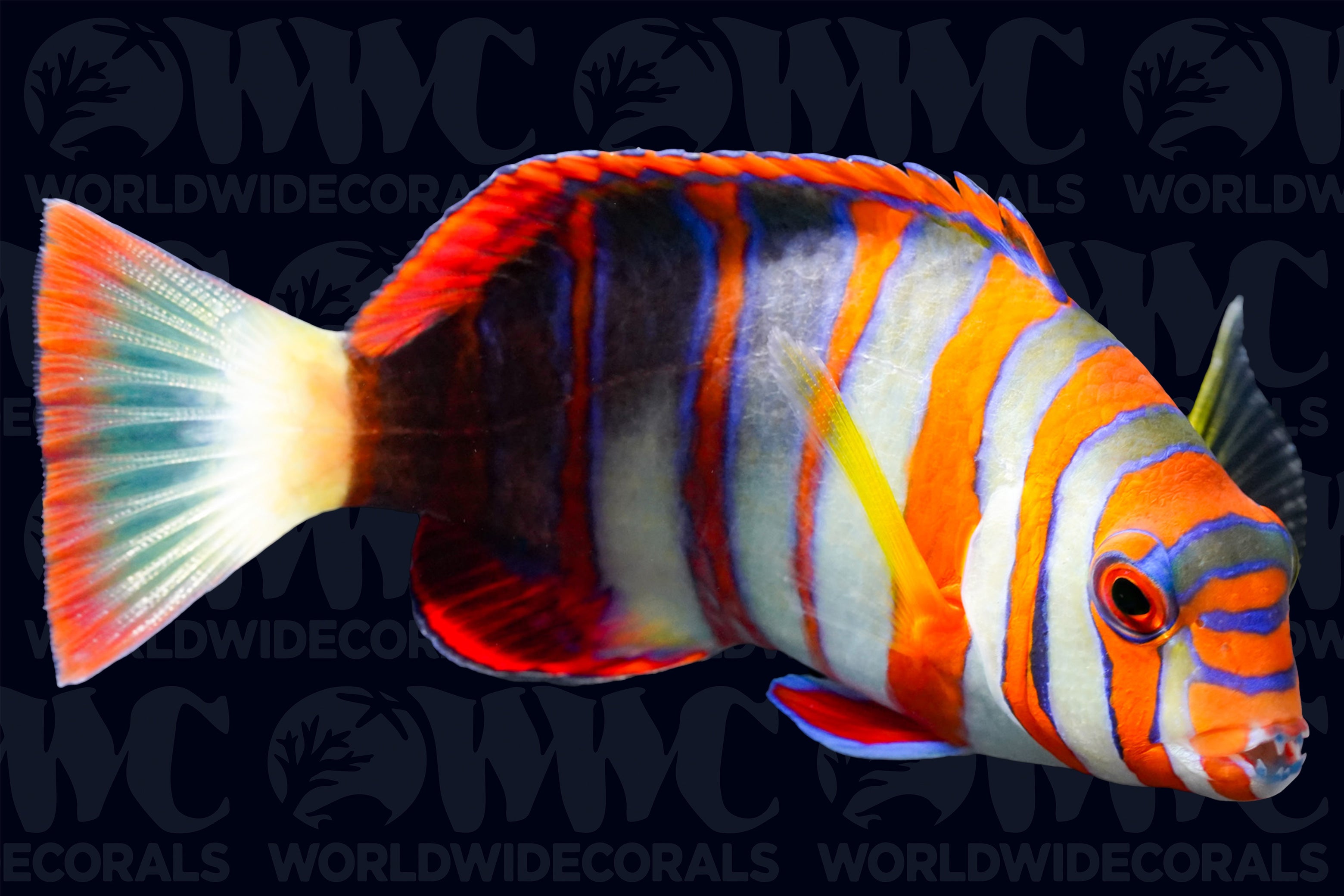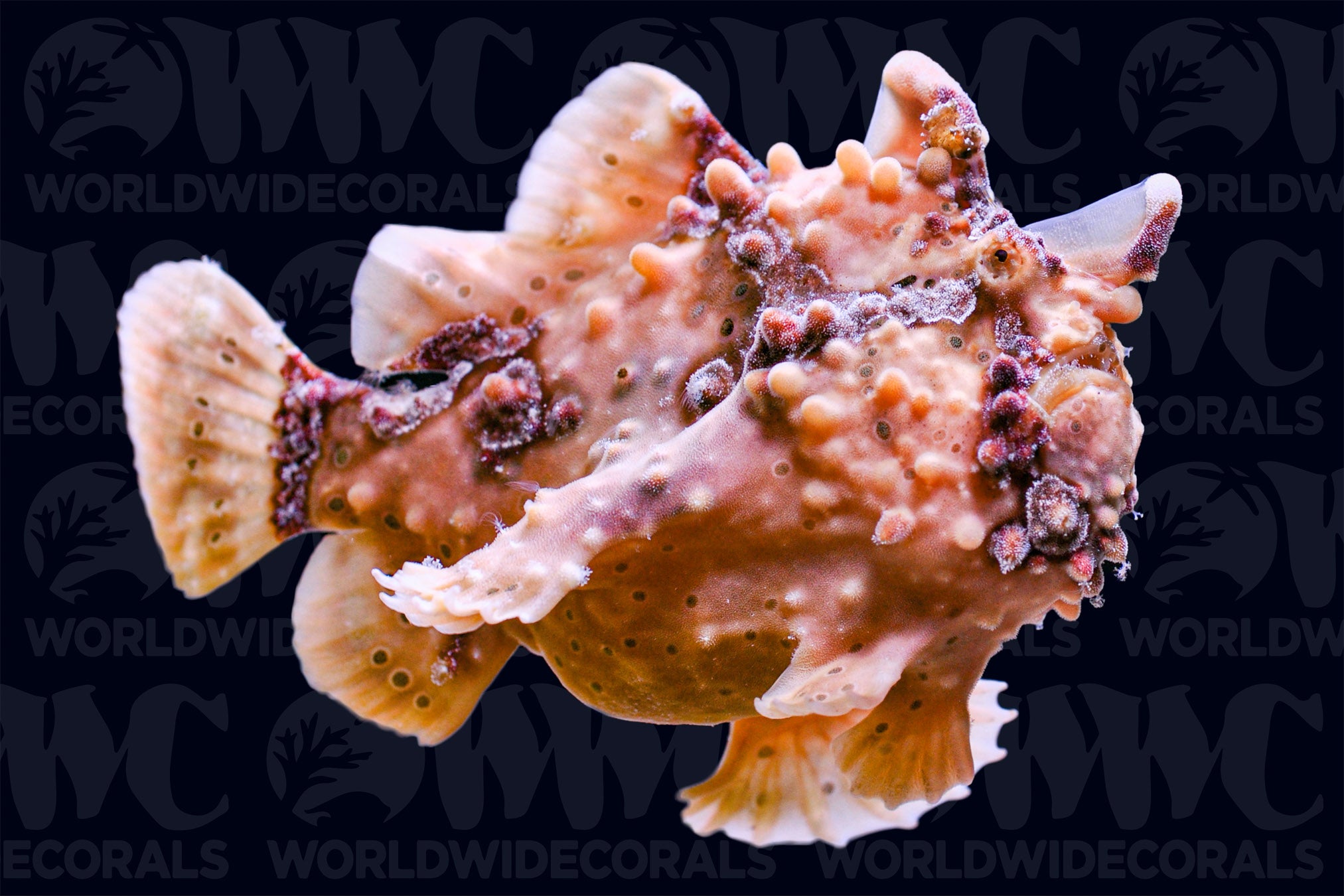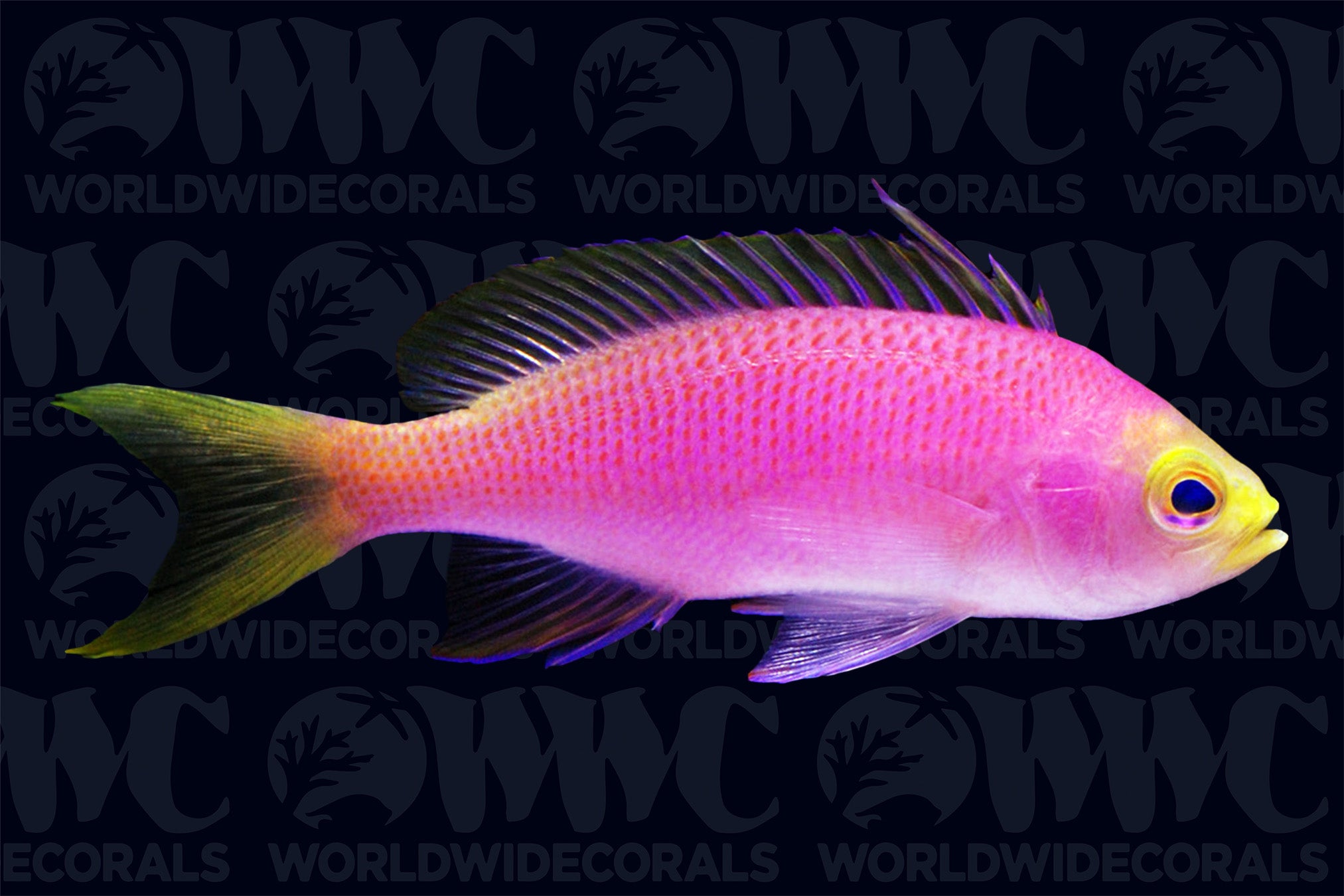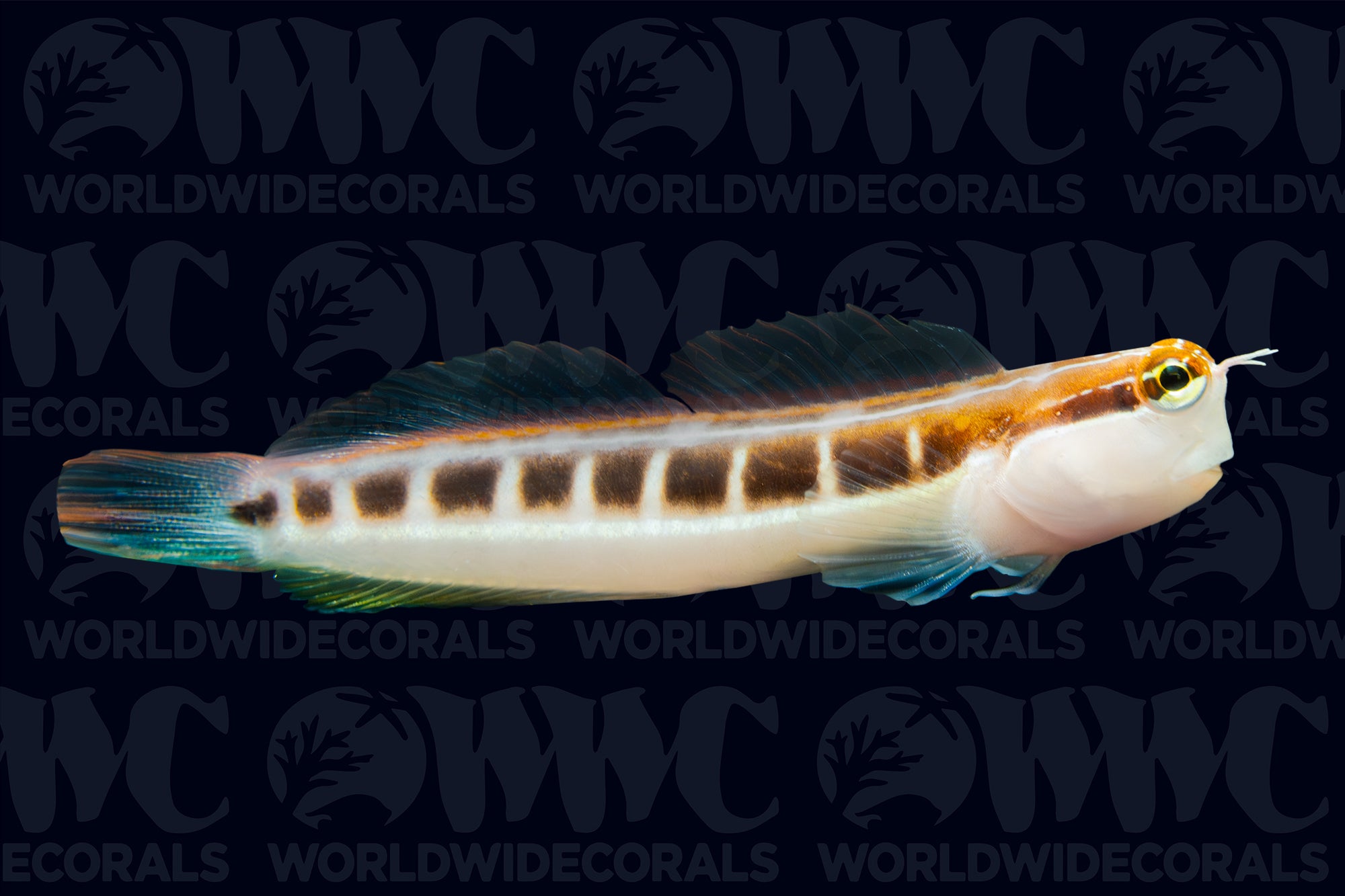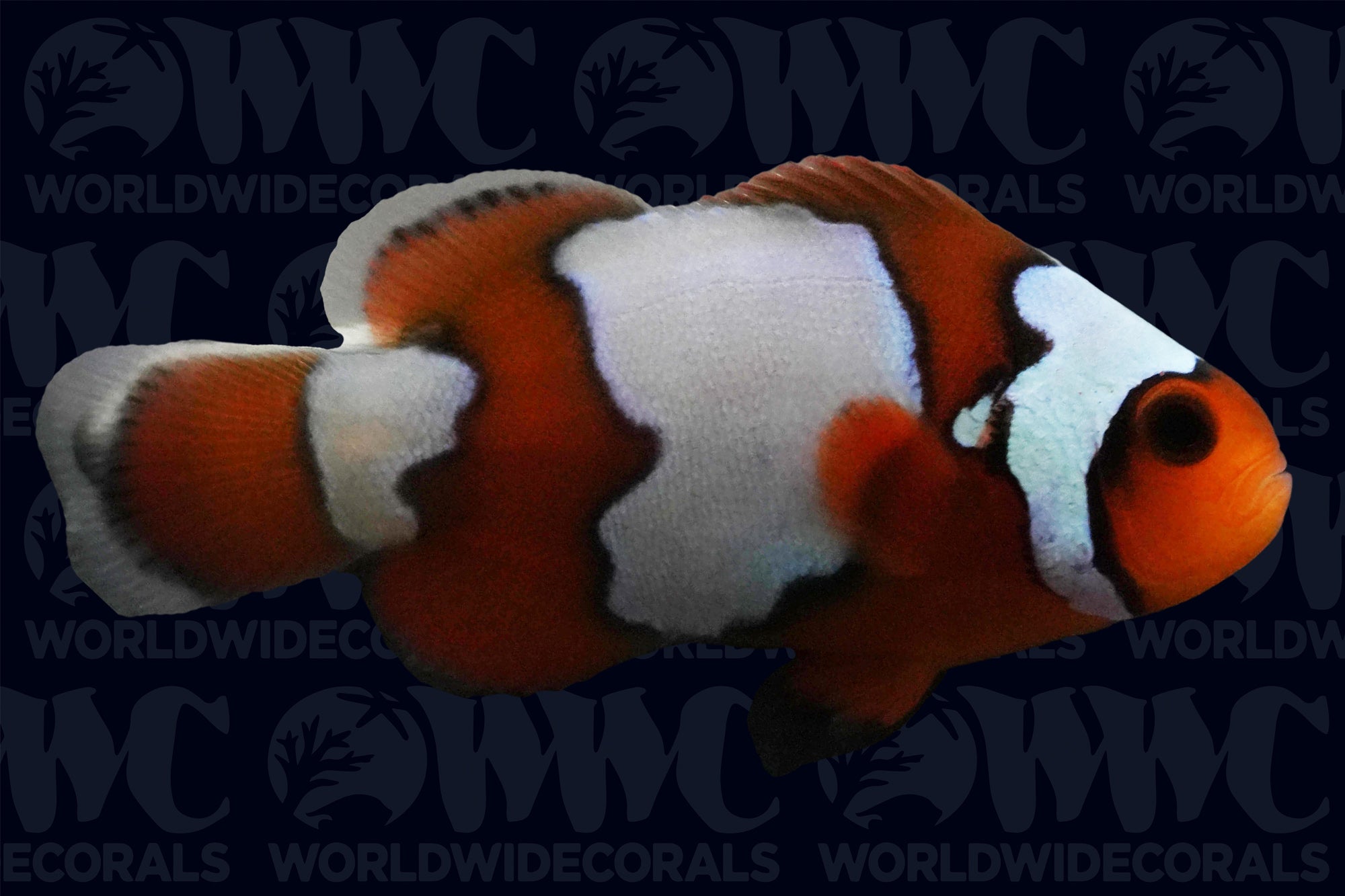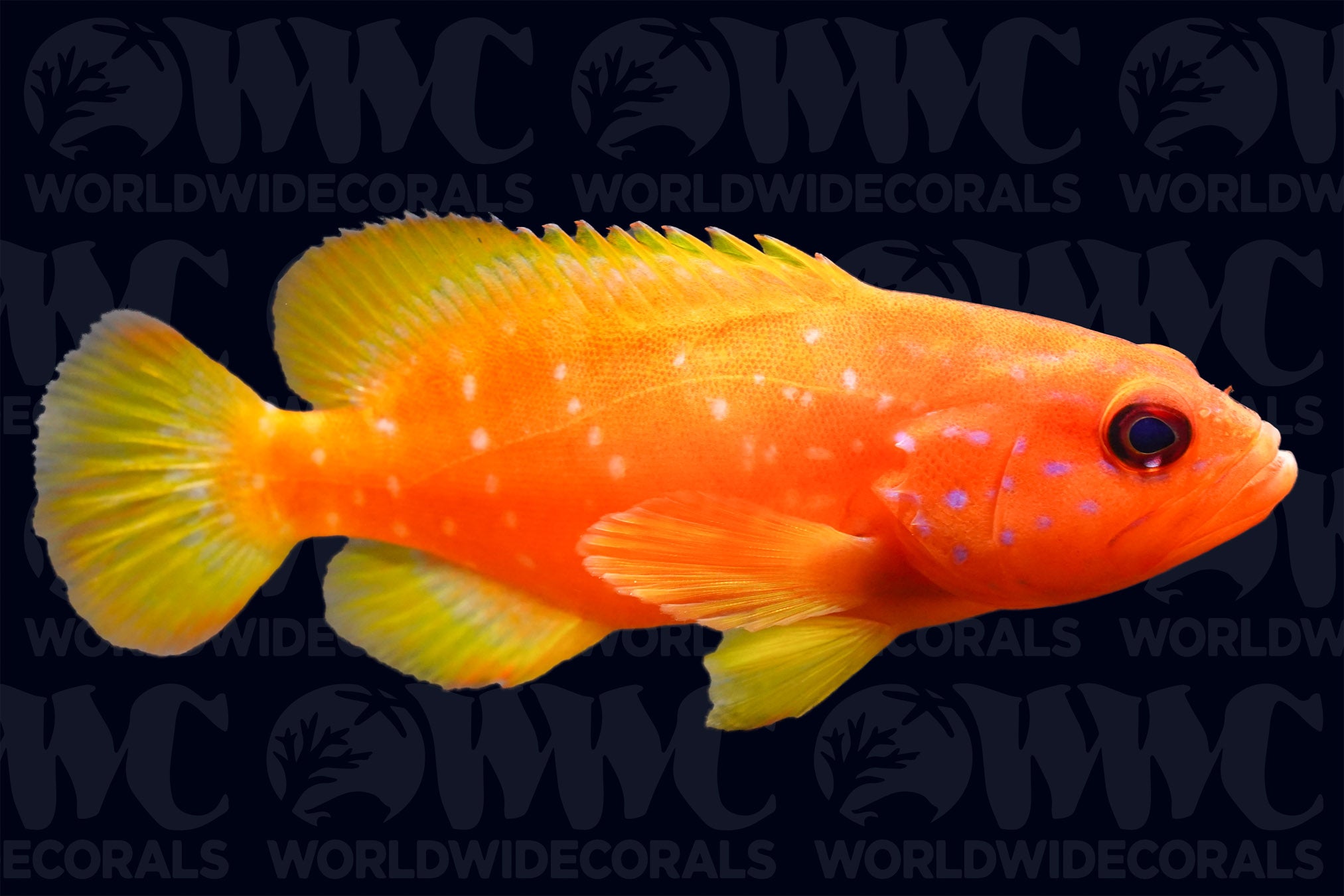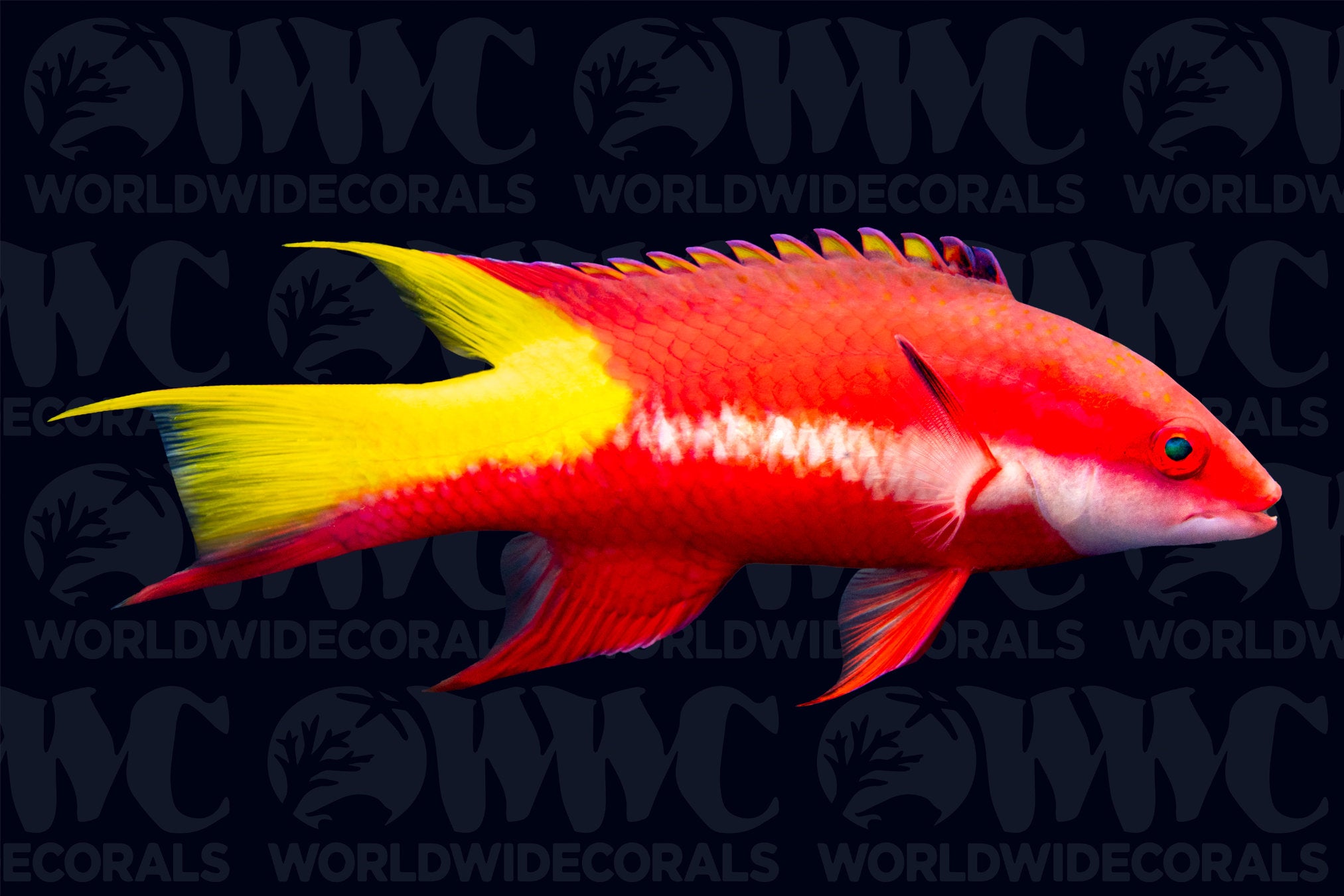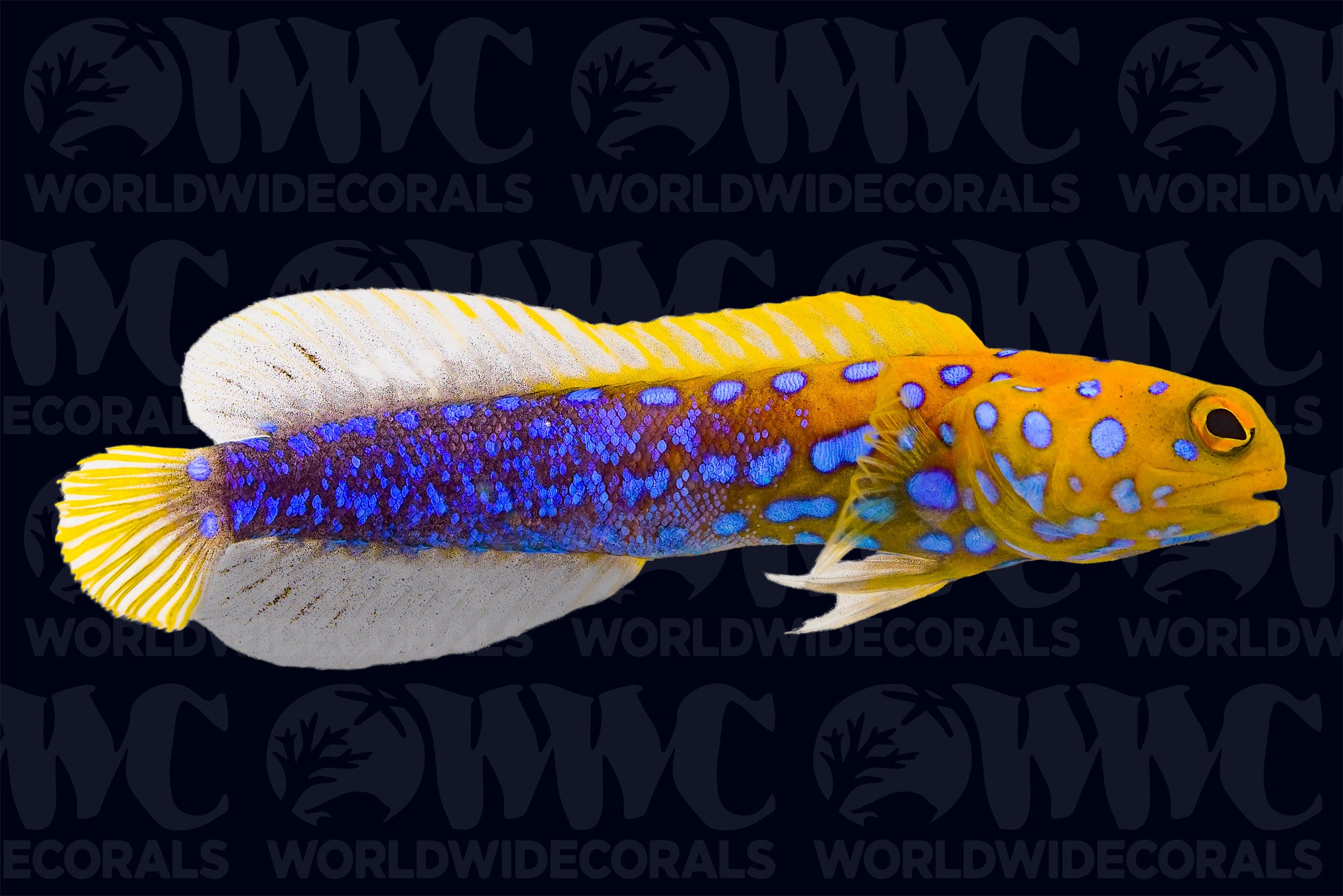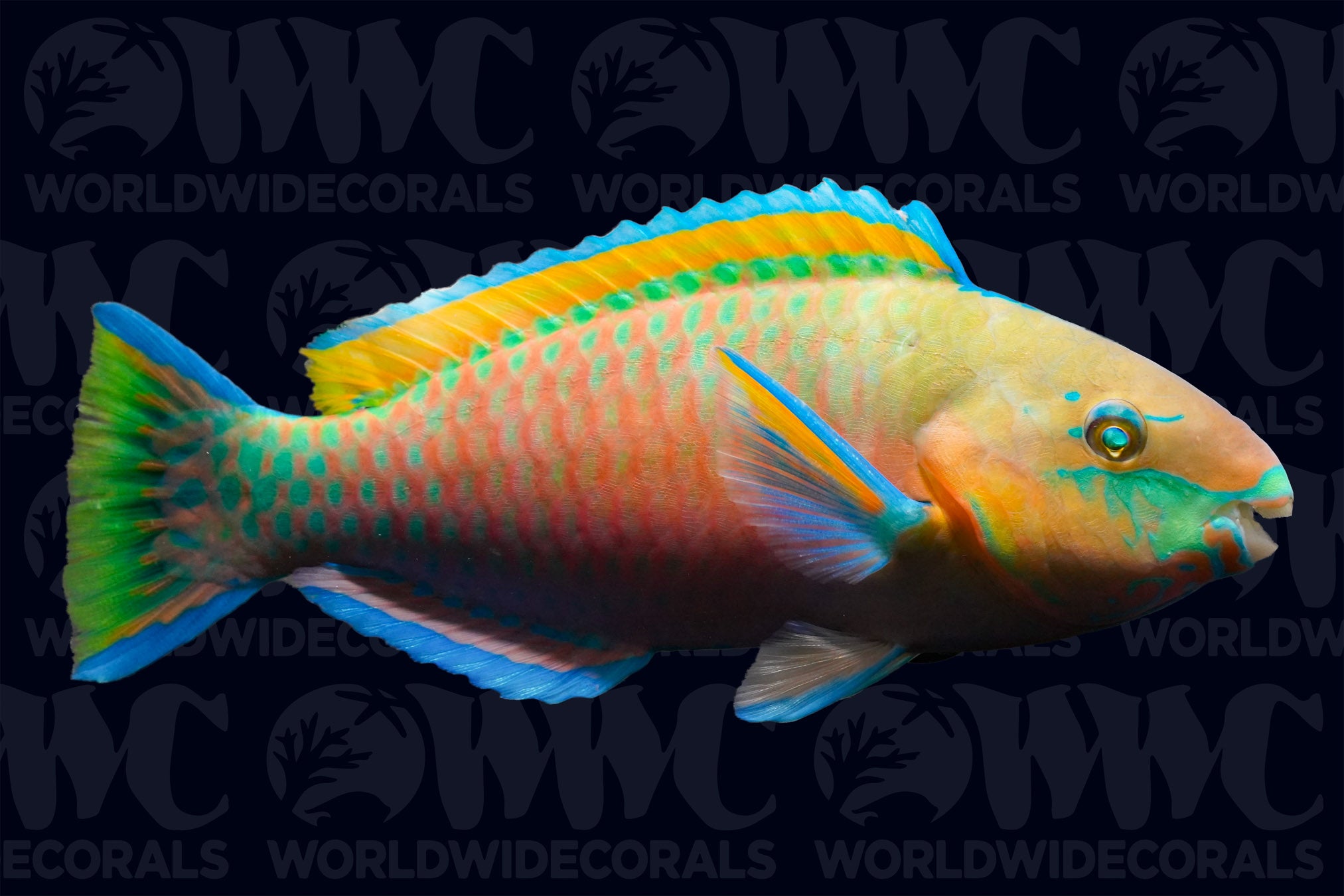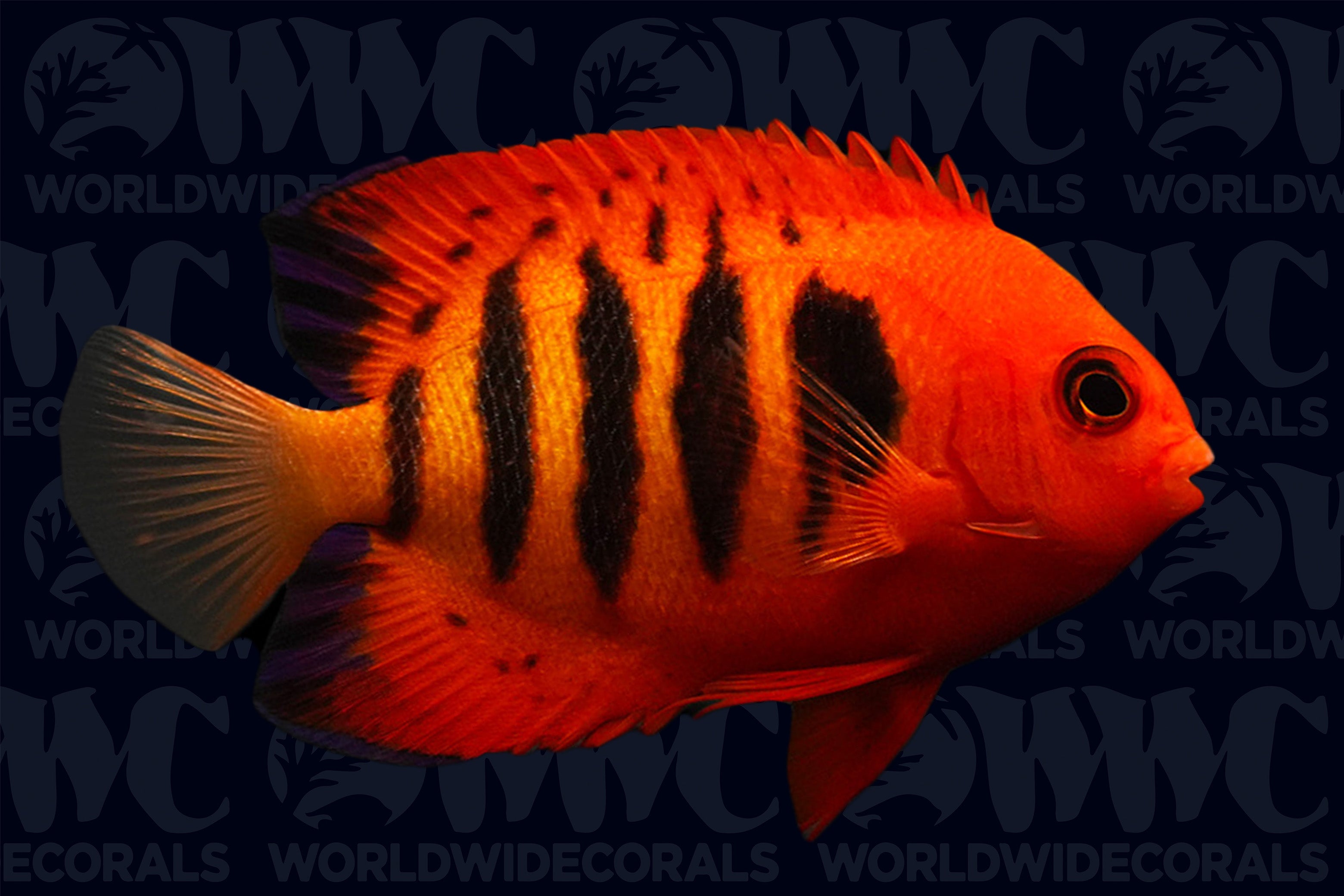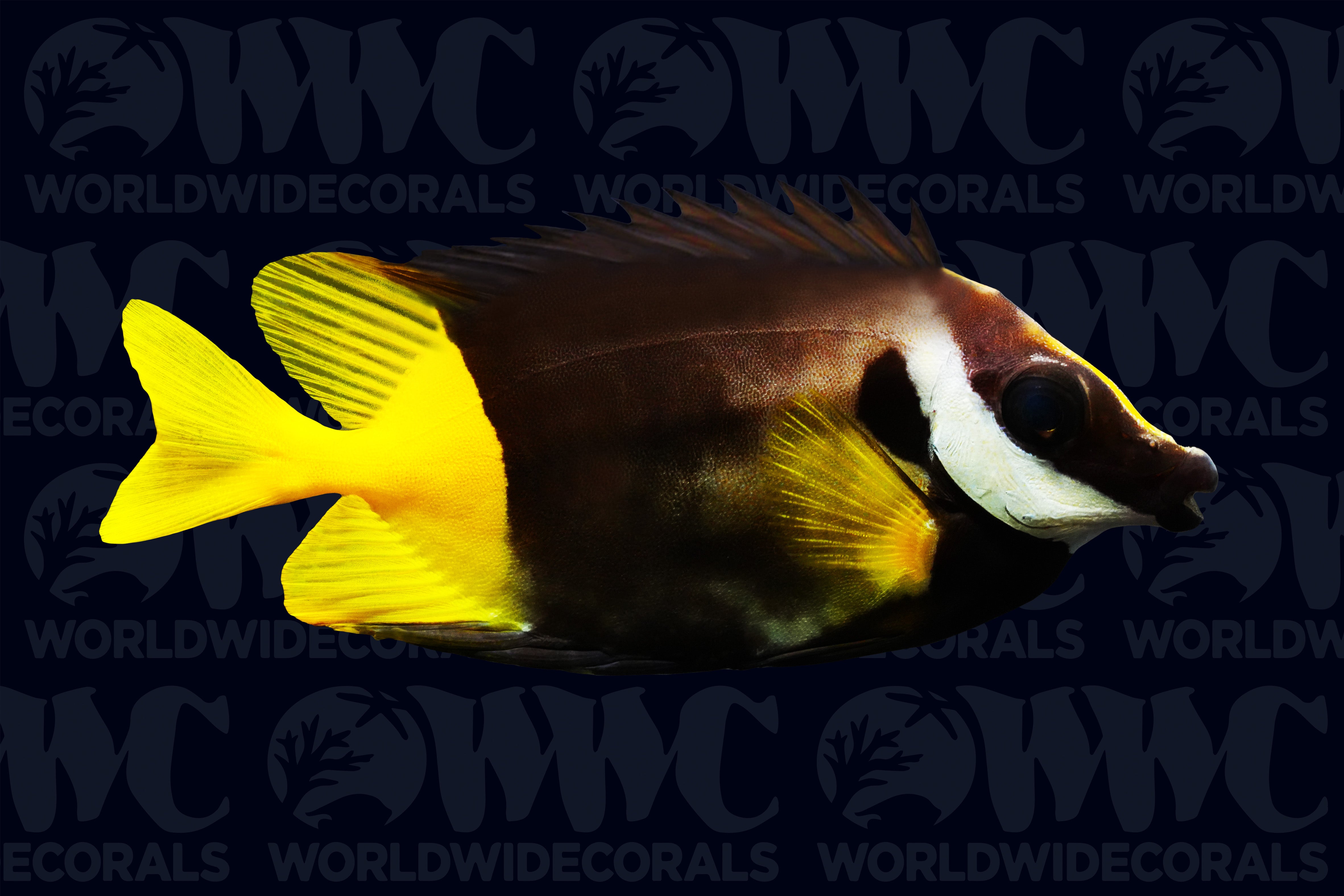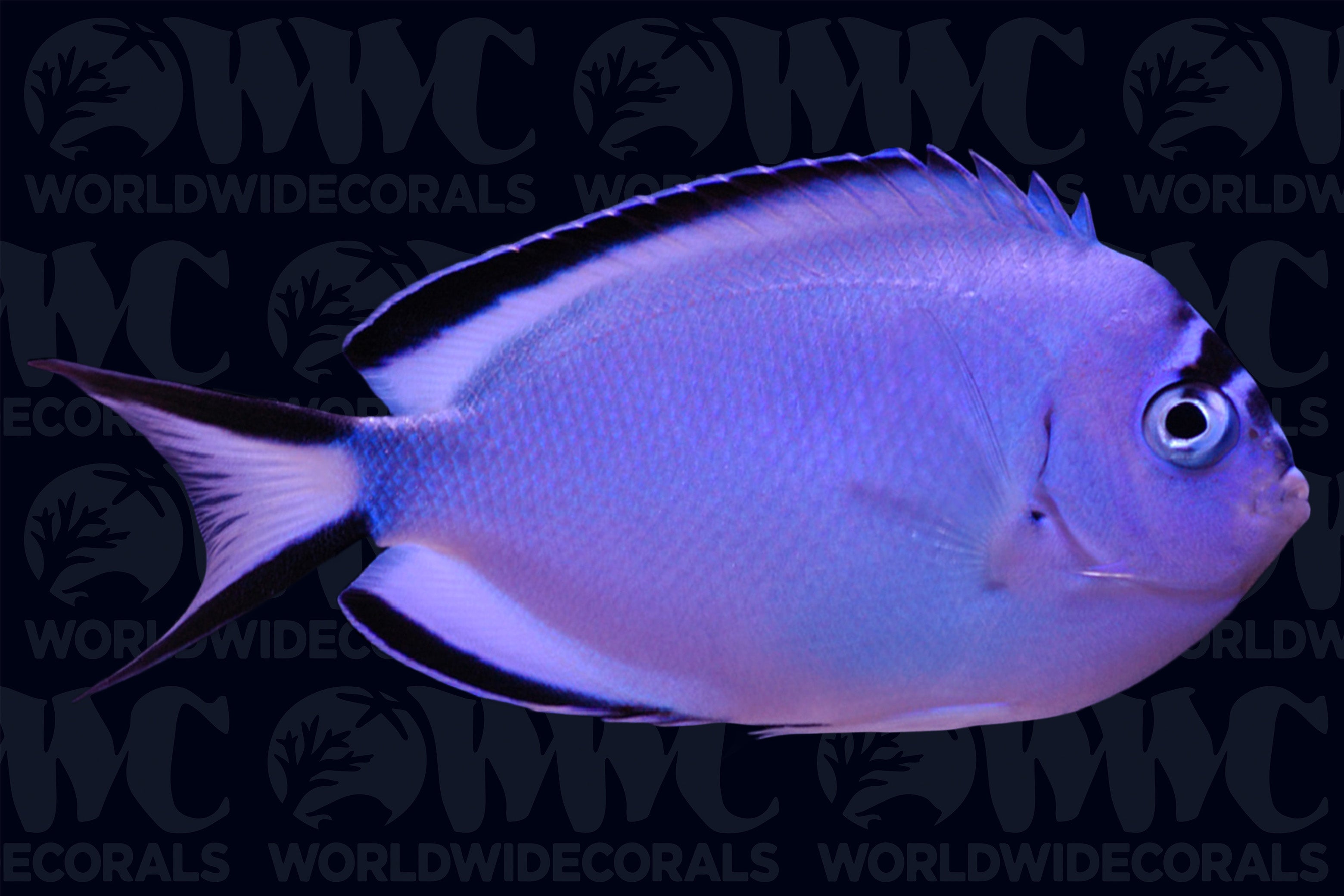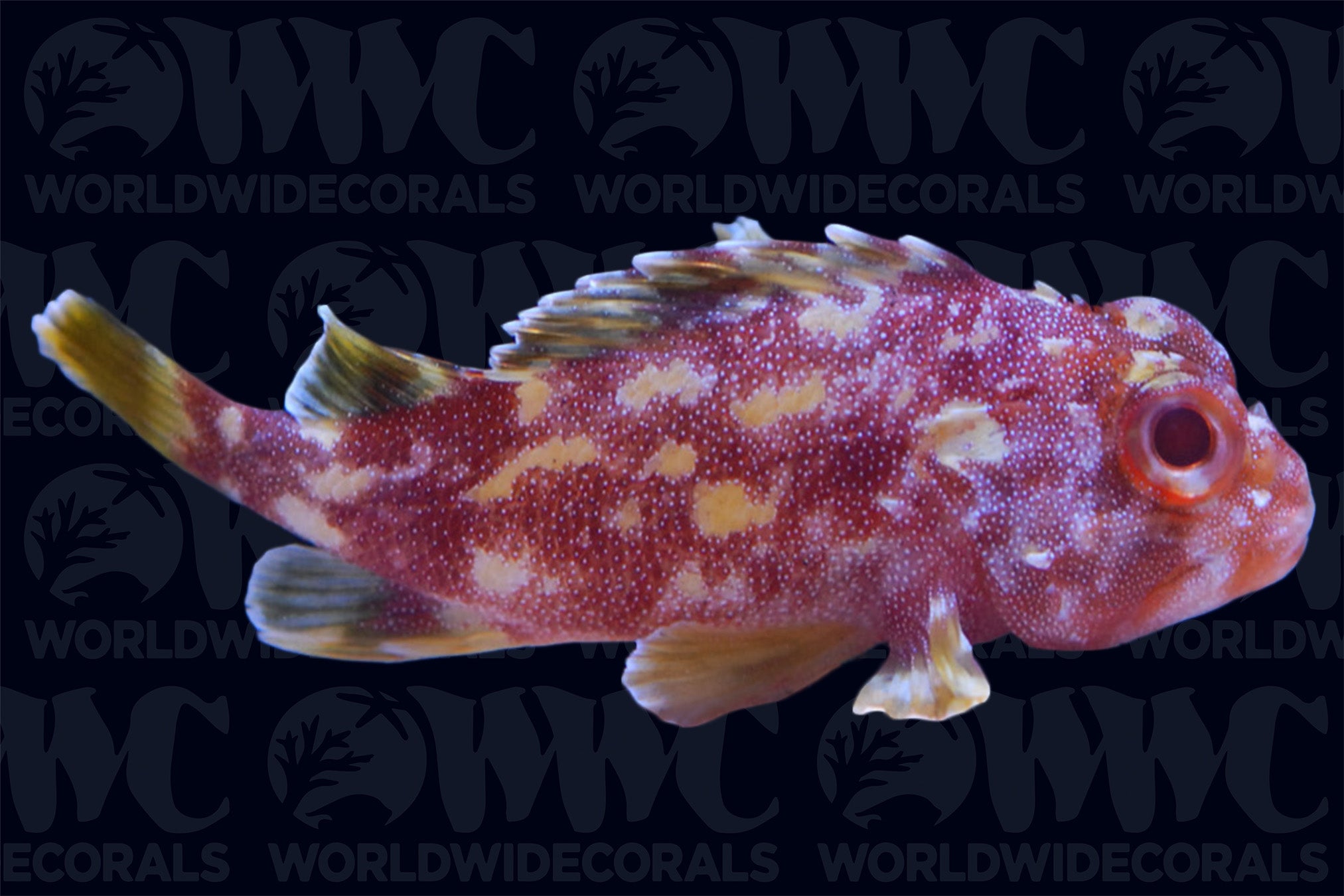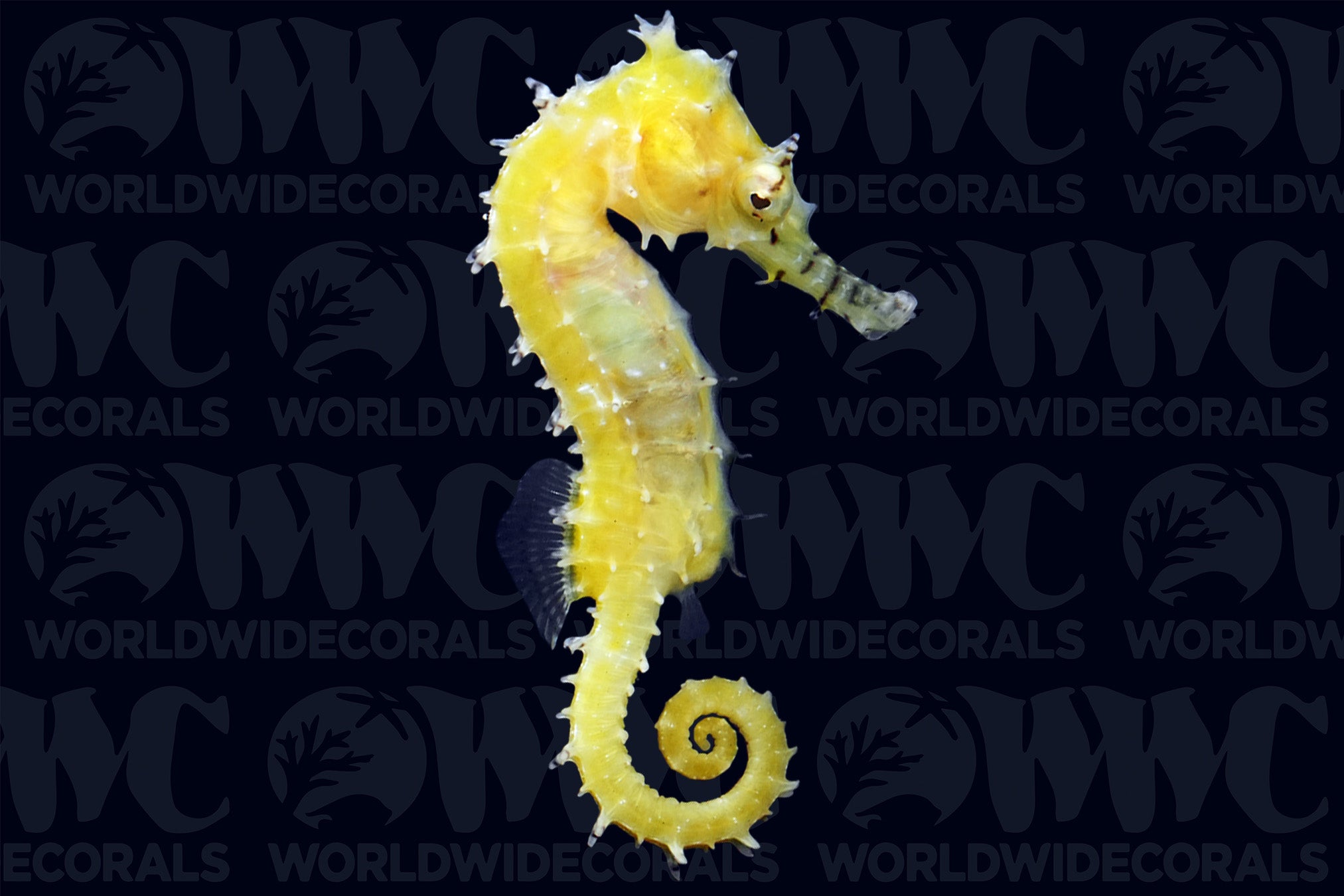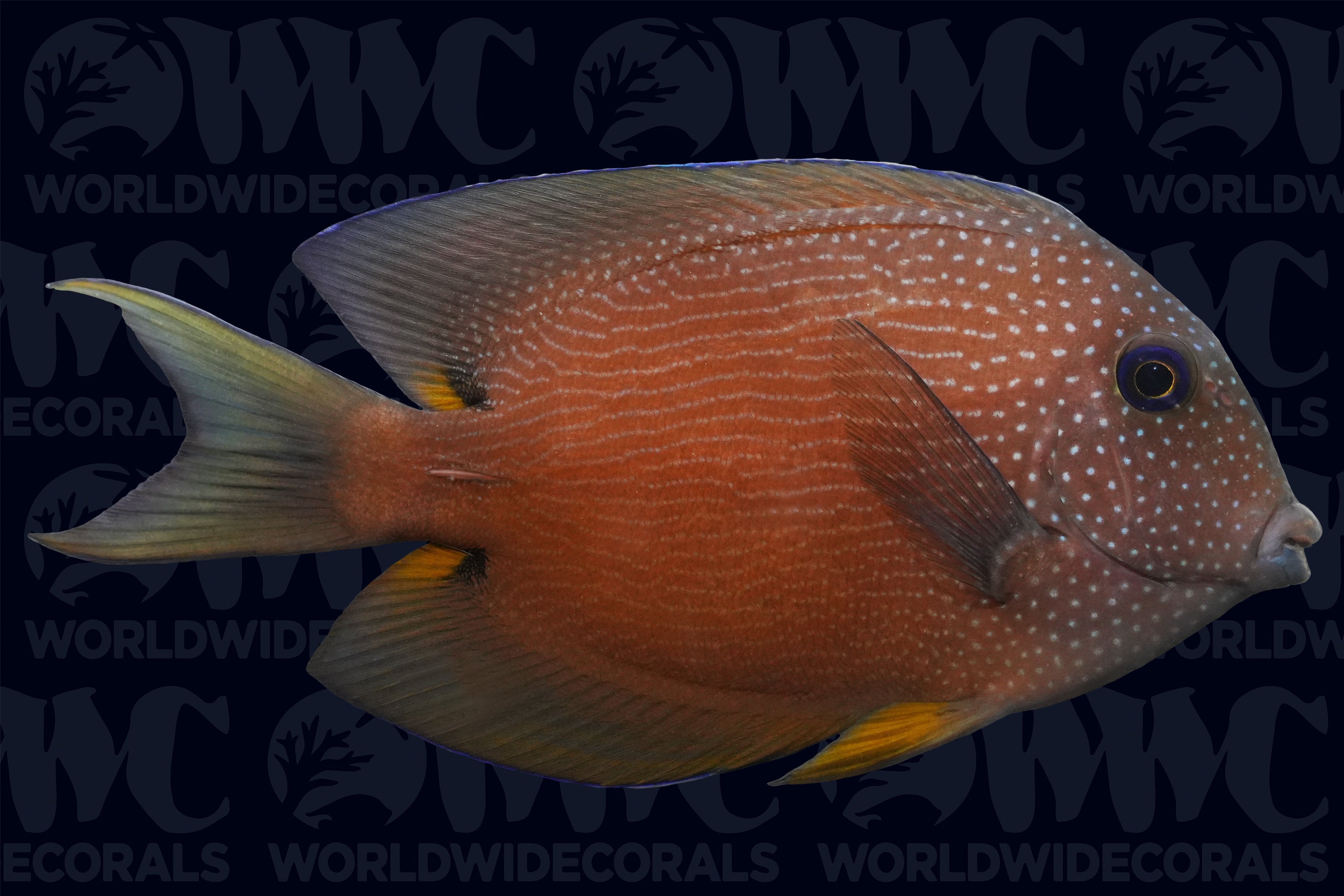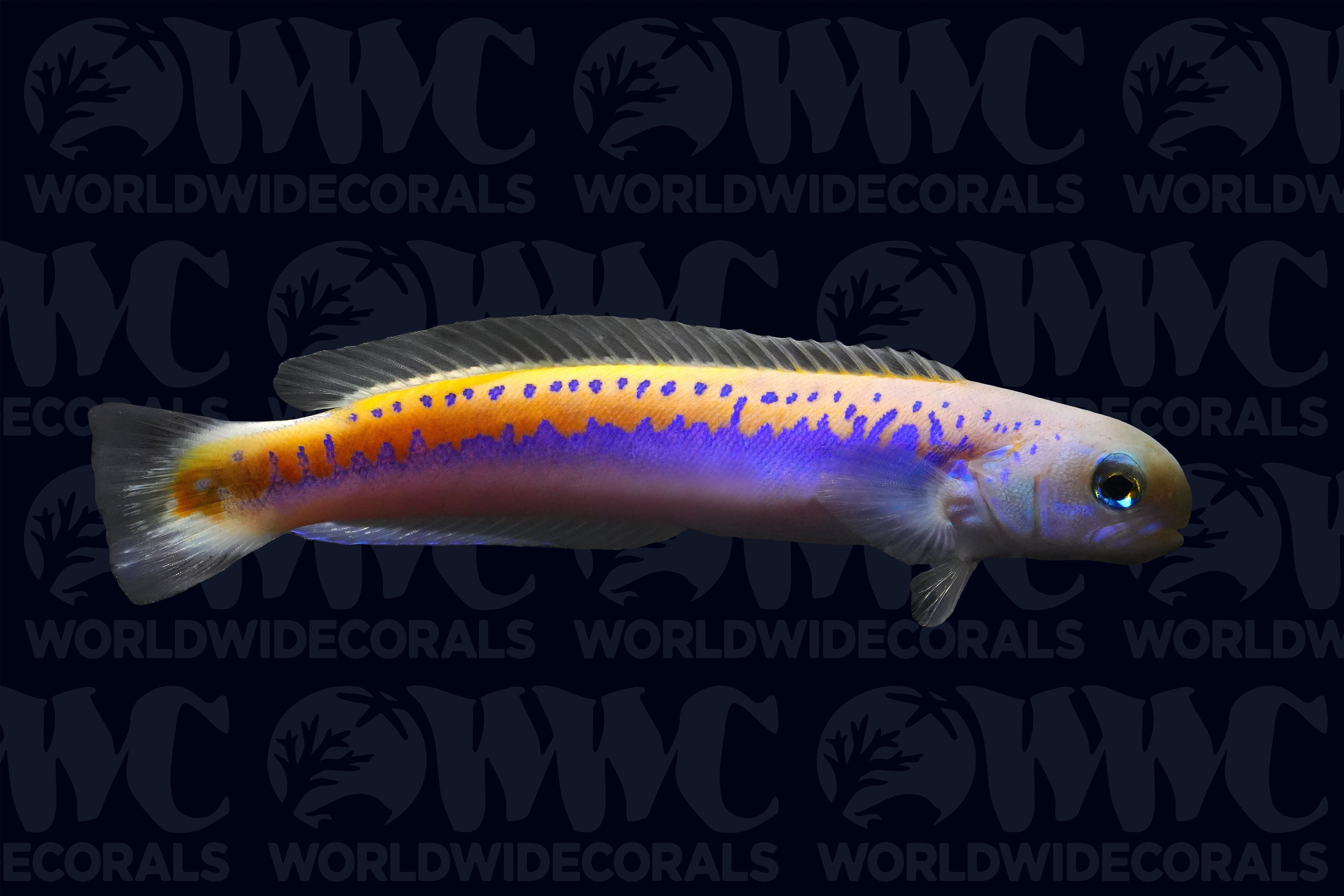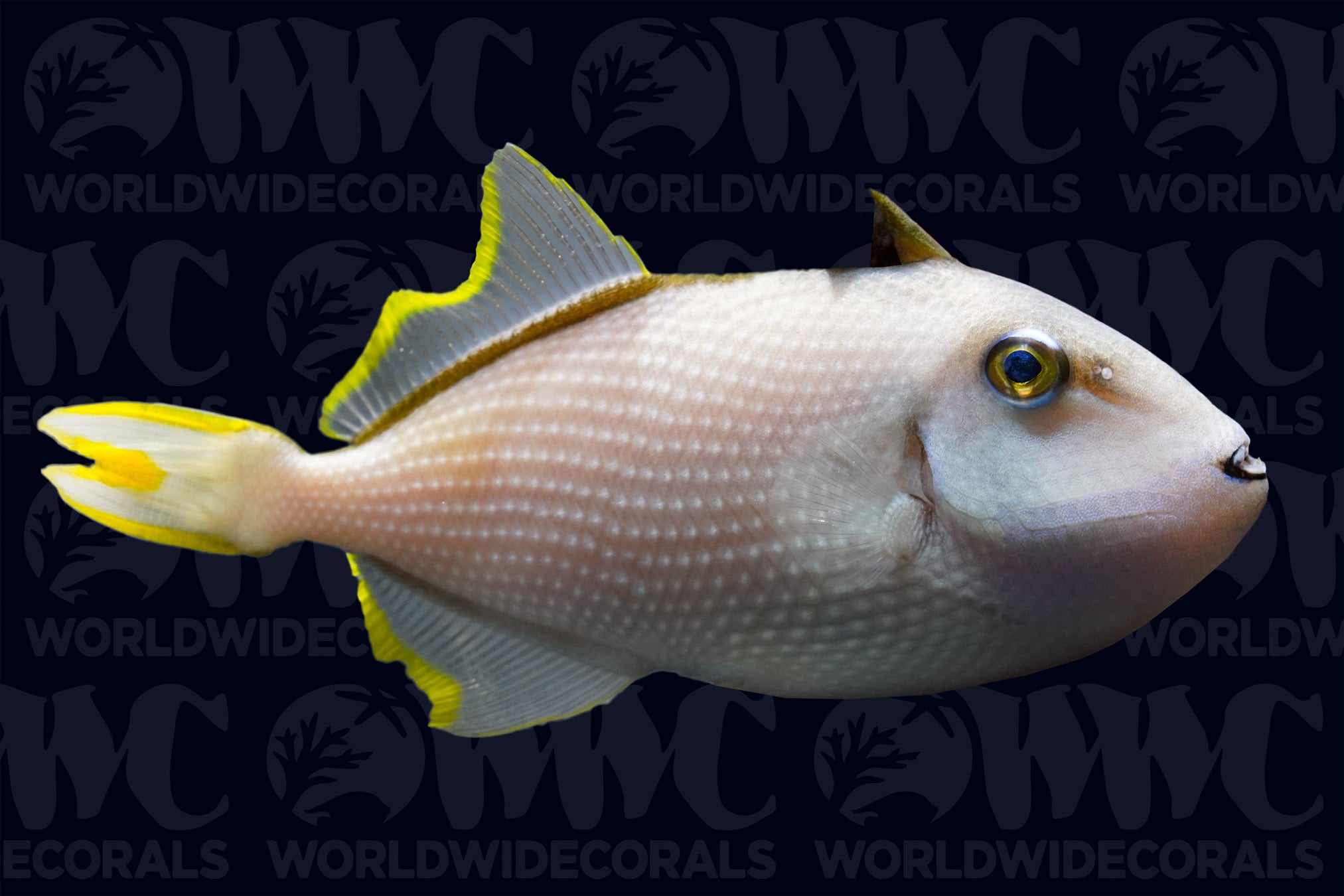Description
Choerodon fasciatus
Wrasses in this genus are generally known for being reef safe with caution as they will not bother with corals, however, they will snack on other invertebrates. The Harlequin Tusk has a mean appearance with their fangs, but are considered peaceful. They can potentially be bullied by other more aggressive tank mates. Since Harlequins generally do not eat corals, they can be added to reef aquariums. On the other hand, they will not hesitate to eat a cleanup crew, so be prepared to replace snails, crabs and even urchins more frequently. They reach a max size of about 11 inches. Reports of this fish getting up to 24 inches in captivity are erroneous. Even with this relatively small adult size, they are still harvested as a food fish around the world. They eat a wide variety of inverts like snails, crabs and bivalves; larger fish will eat urchins and smaller fish. Feed a varied diet, a few times a day as they are very active, and frequent meals will help curb their appetite for items you don't wish them to eat. The Harlequin Tusk inhabit seaward reefs in the Western Pacific up to 35 meters deep. Juveniles are generally found singly in the wild. Adults form distinct pairs during spawning, which happens at dusk.
Wrasses in this genus are generally known for being reef safe with caution as they will not bother with corals, however, they will snack on other invertebrates. The Harlequin Tusk has a mean appearance with their fangs, but are considered peaceful. They can potentially be bullied by other more aggressive tank mates. Since Harlequins generally do not eat corals, they can be added to reef aquariums. On the other hand, they will not hesitate to eat a cleanup crew, so be prepared to replace snails, crabs and even urchins more frequently. They reach a max size of about 11 inches. Reports of this fish getting up to 24 inches in captivity are erroneous. Even with this relatively small adult size, they are still harvested as a food fish around the world. They eat a wide variety of inverts like snails, crabs and bivalves; larger fish will eat urchins and smaller fish. Feed a varied diet, a few times a day as they are very active, and frequent meals will help curb their appetite for items you don't wish them to eat. The Harlequin Tusk inhabit seaward reefs in the Western Pacific up to 35 meters deep. Juveniles are generally found singly in the wild. Adults form distinct pairs during spawning, which happens at dusk.
3 DAY GUARANTEE | Hassle Free | 100% Satisfaction | Online Orders Only


